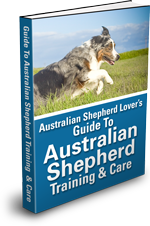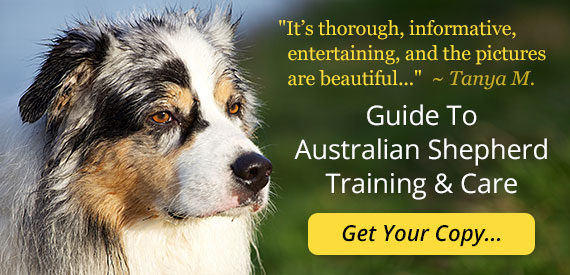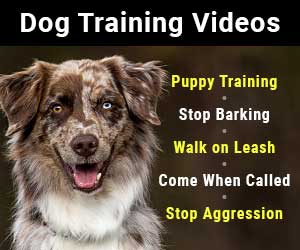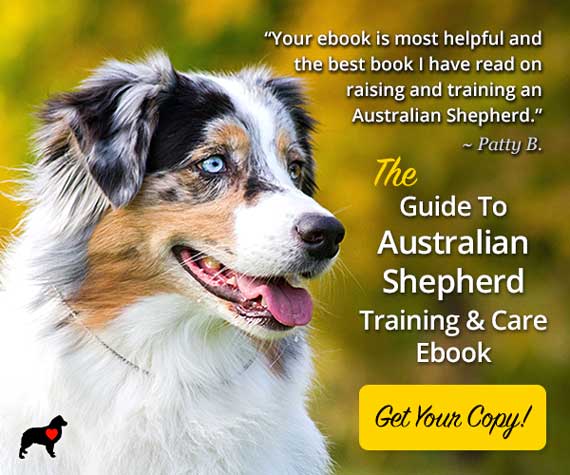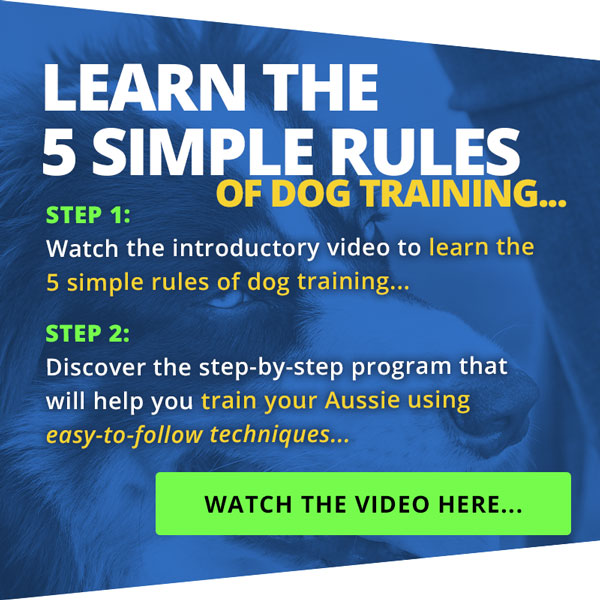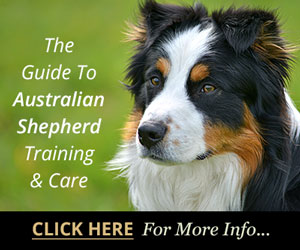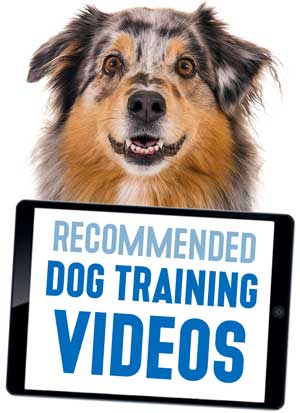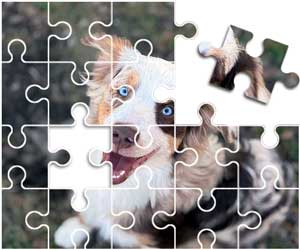
What Is Dog Separation Anxiety And What Can You Do About It?
Dog separation anxiety can be frustrating for both the pet and the owner. It is similar to the behavior a child might display when left at a sitter or daycare. Children usually grow out of it, if the situation is handled properly. Dogs need special training in order to overcome it.
The symptoms may include excessive barking, panting or salivating. It might start as soon as you close the door to leave for the day or it could begin as soon as you get your coat or shoes.
Some breeds are more likely to have the problem than others. It seems to be a genetic trait among Great Danes, certain kinds of terriers and Dalmatians. I personally know two Dachshunds that suffered from it. But Australian Shepherds are certainly not immune to dog separation anxiety.
The same symptoms can be present in any kind of dog anxiety. For example, many dogs are afraid of thunderstorms. They pace, pant and shake when they hear a storm approaching. The difference has to do with "when" you notice the symptoms. If the symptoms are actually due to separation, then they will only occur as or after you leave the house.
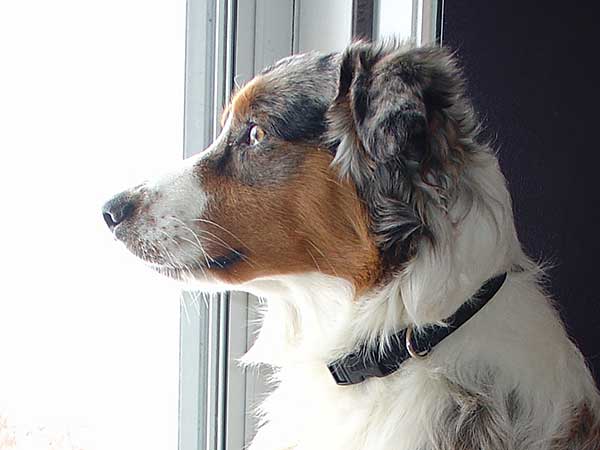
There are things you can do to help alleviate dog separation anxiety. Above: Zollie at 7 months
You need to remember that dogs are social creatures. The "lone wolf" is the exception, not the norm of the species. All dogs have wolves as their common ancestors, even though many breeds bear very little resemblance to their ancestor because of thousands of years of breeding.
Before you assume that the behavior is a psychological reaction, you should have your pet checked out by your veterinarian to ensure that there is no medical problem. Reactions to loud unusual noises like fireworks are normal.
Dogs can be trained to ignore the noise if they are acclimated to it at a very early age. But, under normal situations, most dogs will run and hide if a loud noise like fireworks or thunder goes off outside the house. A Thunder Shirt has proven beneficial for many dogs who experience this type of anxiety.
Using A Crate To Help With Dog Separation Anxiety
Dog separation anxiety may start during puppyhood or appear later on in life. Puppies will not enjoy being alone for long periods of time. It helps if they spend time in their crate while you are in the same room.
Don't make a big deal about putting him in the crate. Ideally, you would bring home the crate. Open the door and wait on him to walk inside. It is not unusual to find them napping in this safe environment.
They can become afraid of the crate if they are injured when the door is closed or something similar happens. It may be necessary to set up another "safe cave" if they have developed a fear of their crates.
A small room with no access to electrical cords, plug-ins or other non-puppy proof items could be a good choice. Add some blankets, a bed and a safe toy. You have built a good den.
For dog anxiety caused by separation, you need to practice being apart. If it is closing the door that makes him bark, close the door and go outside. If he starts barking immediately, as they do in most cases, wait him out. As soon as he pauses to take a breath, go back inside. Praise and pet him.
Dog anxiety of other kinds sometimes requires the use of anti-anxiety medications. Your vet can help you decide if that is the right choice for your pet. Excess stress can eventually damage the heart or lead to depression. Medication could prevent those things.
When you leave don't make a big production out of it. Just calmly leave and then return a couple of minutes later. When returning you should also make it as low-key as possible. Try not to talk to them, pet them or get them otherwise excited about your return. Keep practicing this at random times varying the length of time you are away.
Dogs do not like change. If you recently moved into a new home, that could be the cause of his symptoms. Using the practice sessions mentioned above should help. You want him to realize that barking will not bring you back. Being quiet will.
If you don't have the patience to deal with dog separation anxiety, you can consult a professional. There are people trained to treat the disorder.
Have Dog Training Questions?
Check out these introductory dog training videos...
I want my dog to stop being aggressive.
I want some help training my new puppy.
I want my dog to stop barking at everything.
Get Australian Shepherd Info, Website Updates, Special Offers, and Cartoons...
FREE GIFT
You'll also receive a free copy of the ebook
My Everyday Dog Training Tools
by professional dog trainer Daniel Abdelnoor, "Doggy Dan"
